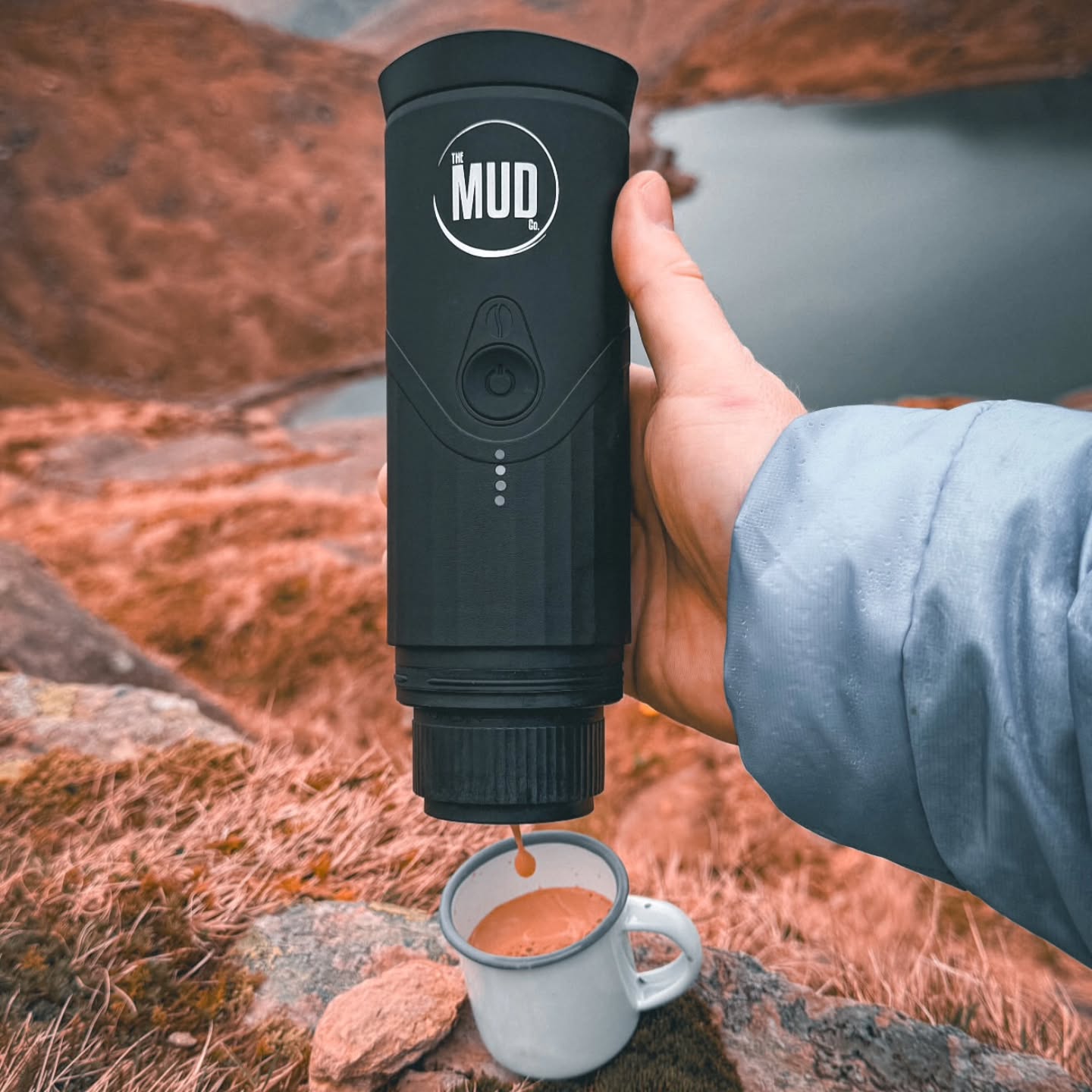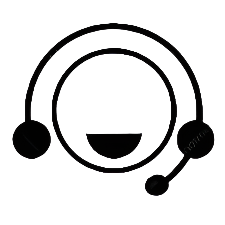When it comes to making coffee, we often focus on the beans, the water, or the brewing method. But there’s one element that can make or break your cup: the grind. The way you grind your coffee beans can significantly impact the flavour, aroma, and texture of your brew. Whether you’re a seasoned coffee snob or just starting your caffeinated journey, mastering the art of grinding coffee will elevate your daily ritual to new heights. Let’s dive in!
Why Does Grind Matter?
You may have noticed that a cup of coffee from a high end cafe always seems to taste a little better than your home brew. While many factors contribute to this difference, one of the most important is the consistency of the grind. The grind size directly affects the extraction process the way hot water interacts with coffee grounds to extract flavour.
If your coffee is ground too coarsely or too finely, the water won’t extract flavours evenly, leading to a weak or overly bitter brew. Different brewing methods require different grind sizes, so knowing how to grind properly is key to crafting that perfect cup.
Types of Coffee Grinders
Before we get into the specifics of grind sizes, let’s talk about the two main types of grinders: blade grinders and burr grinders.
1. Blade Grinders:
Blade grinders are often the most affordable option. They have a spinning blade inside that chops the coffee beans. While they’re great for beginners or people on a budget, the problem with blade grinders is that they can create uneven grinds. You’ll get some very fine particles mixed in with larger chunks, which can lead to inconsistent extraction.
2. Burr Grinders:
Burr grinders are the gold standard for coffee enthusiasts. They use two revolving abrasive surfaces (burrs) to crush the coffee beans into uniform particles. Because of their consistency, burr grinders allow for precise control over grind size. They come in two types:
- Flat Burr Grinders: These have two parallel burrs and offer very even particle distribution. They tend to be a bit more expensive.
- Conical Burr Grinders: These use a cone shaped burr inside a ring, offering quieter operation and less heat build up. They’re also slightly more affordable than flat burr grinders, making them a popular choice for home brewers.
Grind Sizes for Different Brewing Methods
Now, let’s break down the grind sizes for different brewing methods. A consistent grind size is important, but it’s also crucial to match the grind to your method. Here’s a general guide:
1. Espresso – Fine Grind:
Espresso requires a very fine grind, almost like powdered sugar. The fine particles allow water to pass through quickly, extracting a concentrated shot of coffee. If the grind is too coarse, the water will flow through too fast, resulting in a sour, under-extracted shot. Too fine, and the coffee may become over extracted, leading to bitterness.
2. Pour-Over – Medium-Fine Grind:
For methods like pour over, aim for a grind size similar to table salt. The coffee grounds should be evenly distributed, allowing water to flow through slowly but evenly. A grind that’s too fine will cause the water to stagnate, leading to over extraction, while a grind that's too coarse will result in a weak and underwhelming cup.
3. Drip Coffee – Medium Grind:
A medium grind, similar to sand, works best for automatic drip coffee makers. This grind size allows for optimal extraction, ensuring that the water has enough contact time with the grounds without being too slow or too fast.
4. French Press – Coarse Grind:
French press coffee requires a coarser grind, about the size of breadcrumbs or kosher salt. The coarser particles reduce the likelihood of over extraction, and they also prevent too much fine coffee from slipping through the mesh filter, which could lead to a sludgy cup.
5. Cold Brew – Extra Coarse Grind:
Cold brew requires an extremely coarse grind, similar to cracked pepper. Since the brewing process involves steeping the grounds in cold water for an extended period (12-24 hours), a coarse grind ensures that the coffee doesn't become too bitter or over extracted.
Tips for a Better Grind
Now that you understand the basics of grind sizes, here are a few extra tips to help you achieve a better coffee grind every time:
Grind Just Before Brewing: Coffee beans start to lose their freshness and flavour the moment they’re ground. Grinding just before brewing preserves the essential oils and flavours. If you grind your beans ahead of time, store the grounds in an airtight container to minimize exposure to air.
Use a Scale: If you want to take your coffee game to the next level, invest in a kitchen scale. Weighing your beans before grinding ensures you use the right ratio of coffee to water, which directly impacts the strength and flavour of your brew.
Grind in Small Batches: If you’re using a blade grinder, try grinding in short bursts and shaking the grinder between pulses. This can help reduce the unevenness of the grind.
Experiment with Grind Size: Don’t be afraid to experiment! Every coffee bean and brewing method has unique nuances, and adjusting the grind size is a great way to fine tune your brew. Start with the recommended grind size and make small adjustments to taste.
Clean Your Grinder Regularly: Over time, coffee oils and grounds can build up in your grinder, which can affect the taste of your coffee. Make it a habit to clean your grinder every few weeks to maintain optimal performance.







Leave a comment
This site is protected by hCaptcha and the hCaptcha Privacy Policy and Terms of Service apply.